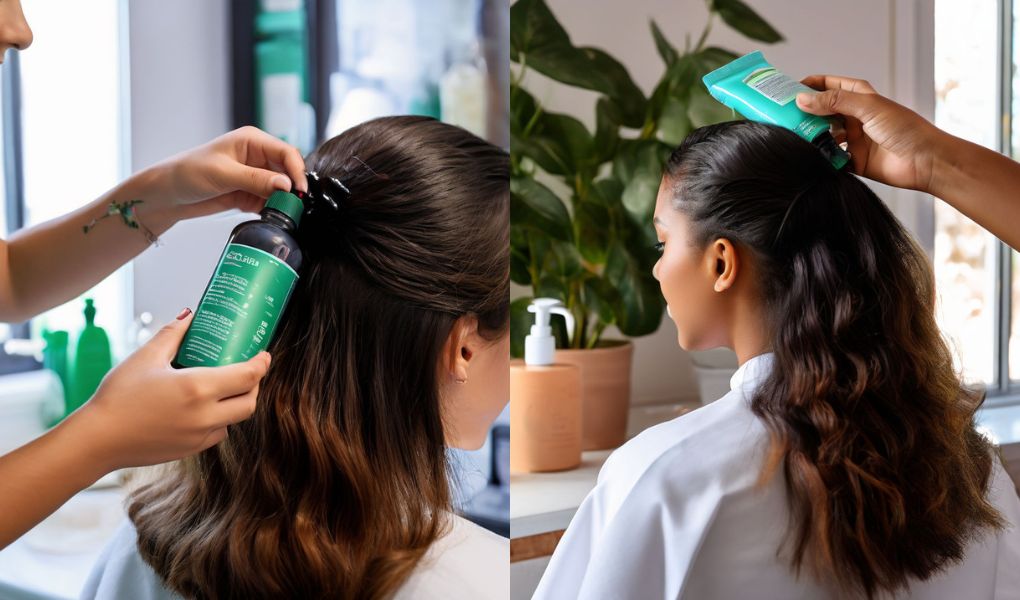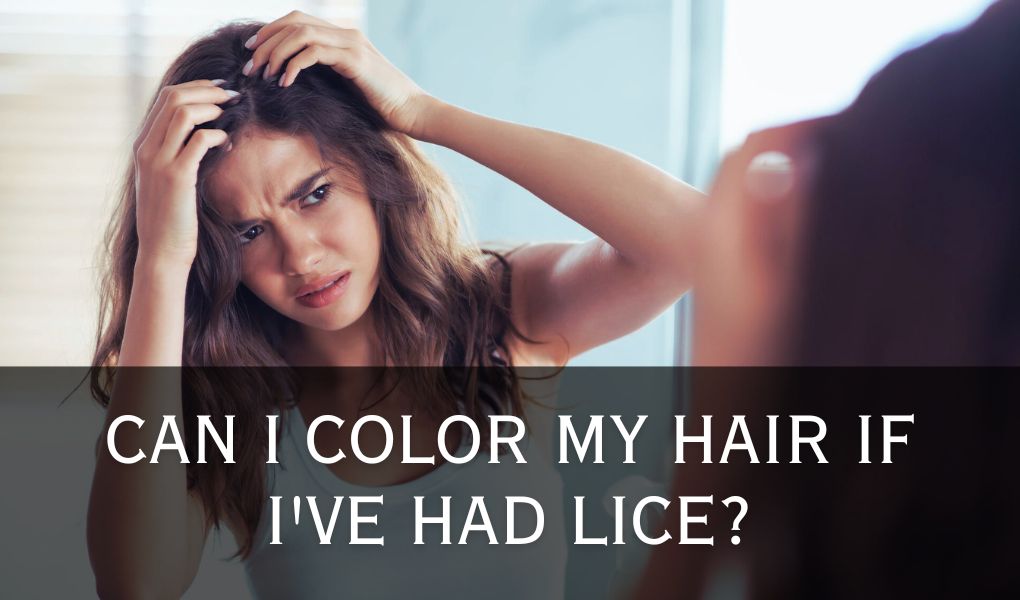If you’re battling a lice infestation, you might have heard the rumor that hair dye can be a secret weapon. But does this old wives’ tale hold any truth? Unfortunately, the answer is a bit more complicated than a simple yes or no. Let’s unravel the facts about hair dye, lice, and the most effective ways to actually get rid of these pesky critters.
Hair Dye vs. Lice: The Limited Effect
Traditional hair dyes contain chemicals like ammonia and hydrogen peroxide. These substances can be harsh on lice and may kill some of the adult bugs. However, it’s important to understand that the effect is usually partial and unreliable. There are a few reasons for this:
Resilient Critters: Lice are surprisingly tough insects. Their exoskeletons, the hard outer shells that protect their bodies, are designed to shield them from environmental hazards. While some lice may succumb to the chemicals in hair dye, others can withstand even a full coloring process. In fact, research suggests that some lice species are developing resistances to certain chemicals found in over-the-counter lice treatments, highlighting their overall hardiness.
Concentration Matters: The strength of the chemicals in hair dye varies depending on the product and its intended purpose. Temporary dyes, for example, typically contain lower concentrations of ammonia and hydrogen peroxide compared to permanent dyes. These weaker formulas are even less likely to have a significant impact on lice. Additionally, factors like hair porosity can affect how much of the dye chemicals penetrate the hair shaft, potentially reducing their contact with lice on the scalp.
Timing is Key: Most hair dyes require specific processing times to achieve the desired color results. These times might not be long enough to fully eliminate lice. Lice eggs (nits) can take anywhere from 7 to 10 days to hatch. For effective lice treatment, it’s crucial to kill not only the adult lice but also the eggs to prevent them from hatching and starting the infestation cycle all over again. Unfortunately, hair dye application times typically fall short of what’s necessary to ensure complete eradication of both adult lice and nits.
The Problem with Nits
Even if hair dye manages to kill some adult lice, it has virtually no impact on nits (lice eggs). Nits are encased in a protective shell that’s resistant to most chemicals found in hair dye. These eggs will continue to hatch, perpetuating the infestation cycle.

So, What ACTUALLY Works to Get Rid of Lice?
The good news is that there are proven and effective ways to combat lice and nits. Here’s a breakdown of reliable treatment methods:
- Over-the-Counter (OTC) Lice Treatments: These medicated shampoos contain ingredients specifically designed to kill lice. Follow the instructions precisely, and often a second treatment is needed to eliminate newly hatched lice.
- Prescription Lice Medications: For severe or stubborn infestations, your doctor may prescribe a stronger medication in shampoo, lotion, or even oral form.
- Nit Combs: Essential regardless of your main treatment method. These fine-toothed combs allow for meticulous removal of nits, effectively breaking the cycle of reinfestation.
- Home Cleaning: While lice can’t live long off the human head, it’s wise to wash bedding, clothing, and recently used hairbrushes in hot water.
Busting the Hair Dye Lice Treatment Myth
The idea that hair dye kills lice likely stems from a time when hair dyes contained much harsher chemicals. Modern dyes, while still containing some irritants, are formulated to be safer and gentler. Relying on hair dye as a sole method of lice removal is both risky and ineffective.

Can I Color My Hair If I’ve Had Lice?
It’s generally recommended to wait for a fully successful lice treatment before dyeing your hair. This is for a few reasons:
Scalp Sensitivity: Lice bites can leave your scalp itchy and irritated. Harsh chemicals in hair dye, even those found in modern formulations, can further aggravate this discomfort. The scalp needs time to heal and recover before being exposed to potentially irritating chemicals. Additionally, scratching an itchy scalp can reopen wounds caused by lice bites, increasing the risk of infection.
Treatment Interference: Some lice treatment medications, particularly those containing permethrin, may leave residues on the scalp and hair. These residues can interfere with how hair dye adheres or changes color. Uneven coloring or unexpected results are more likely if you dye your hair too soon after lice treatment. Consulting a hairstylist familiar with lice treatments is recommended before coloring your hair to ensure optimal results.
Prevention: Waiting until the lice infestation is completely eradicated helps prevent any remaining lice or nits from getting trapped under the fresh hair color. Nits are particularly good at adhering to hair strands, and dying your hair could make them even more difficult to remove. This increases the risk of a new infestation if even a single nit survives the hair dye treatment.
Additional Tips for Lice Management
- Check Everyone in the Household: Lice are highly contagious. Examine all household members for signs of lice or nits.
- Communicate: Inform your child’s school, close friends, or anyone you had close contact with so they can check for lice too.
- Don’t Panic: While a nuisance, lice are treatable. Focus on thorough removal and prevention rather than shame or blame.
Final Word: Hair Dye Isn’t the Solution
While hair dye may have a limited effect on some adult lice, it’s not a reliable or complete way to eradicate an infestation. Nits remain unaffected, and the risk of reinfestation is high. When it comes to conquering lice, stick to proven treatments, meticulous nit-picking, and a bit of patience!

